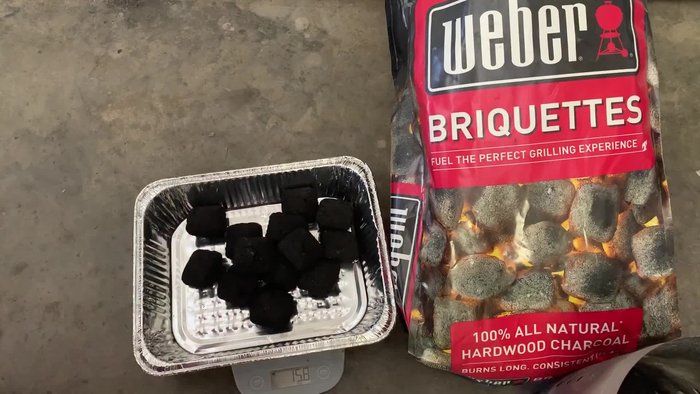The aroma of sizzling meat, the crackle of the fire, the convivial atmosphere – these are the hallmarks of a perfect barbecue. But before you can achieve grilling nirvana, you must choose your fuel: lump charcoal or briquettes. This seemingly simple decision can significantly impact the flavor and overall experience of your cookout. While both offer the satisfying heat needed to sear a steak or slow-smoke ribs, they possess distinct characteristics that cater to different grilling styles and preferences. One boasts a purer, more intense flavor profile, while the other promises consistent, even burning.
This crucial debate – lump charcoal versus briquettes – often leaves backyard chefs stumped. Understanding the nuances of each fuel source is key to unlocking grilling mastery. To help you navigate this culinary crossroads, we'll delve into a step-by-step comparison, exploring everything from ignition and burn time to flavor impact and overall cost-effectiveness, ultimately guiding you to the perfect fuel for your next BBQ.
Preparation and Safety Guidelines
- 1 pound lump charcoal
- 1 pound briquette charcoal
- 2 identical charcoal chimneys
- 2 Big Green Egg cookers
- Tumbleweed fire starter
- Always use charcoal chimney starters for lump charcoal and briquettes to avoid lighter fluid, which can impart unwanted flavors and create harmful fumes.
- Never add lighter fluid to already burning coals; this is extremely dangerous and can cause serious injury or fire.
- Ensure adequate ventilation when using a charcoal grill to prevent carbon monoxide poisoning. Never use a charcoal grill indoors or in enclosed spaces.
Step-by-Step Instructions
Prepare Charcoal
- Measure out one pound of briquette charcoal (Weber brand used in this example) and one pound of lump charcoal (Royal Oak used in this example).
- Place each type of charcoal into separate identical charcoal chimneys.


Prepare Charcoal Ignite Charcoal
- Light each chimney using a single Tumbleweed fire starter. Let the fire starter burn out before proceeding.

Ignite Charcoal Load Cookers
- Place the lit lump charcoal into one Big Green Egg cooker and the lit briquette charcoal into the other.

Load Cookers Set and Maintain Temperature
- Adjust both cookers to maintain a temperature of approximately 325°F.
Monitor and Record Burn Time
- Monitor the cookers and note the time it takes for each type of charcoal to no longer maintain the 325°F temperature.

Monitor and Record Burn Time
Read more: Making Cassava Briquettes: A Step-by-Step Guide
Tips
- This experiment uses identical cookers for better comparison. Different cookers can affect burn time.
- The high temperature (325°F) speeds up the experiment, but you can adjust based on your cooking needs.
- Consider factors beyond burn time, such as flavor and ignition smoke, when choosing your charcoal.
- Personal preference plays a significant role in charcoal selection. Experiment to find what you enjoy most.





